-
 Gouache
GouacheLandscape with weeping willow - 1915
-
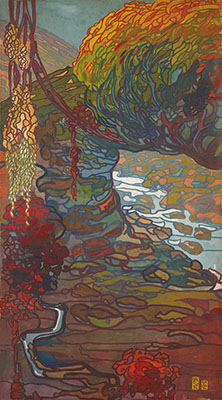 Gouache
GouachePaysage japonisant - 1915
-
 Gouache
GouachePaysage japonisant - 1915
-
 Oil
OilTriel, L’Église - 1918
-
 Oil
OilTriel, Maison - 1918
-
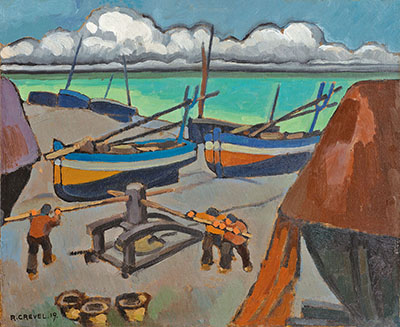 Oil
OilLe Cabestan - 1919
-
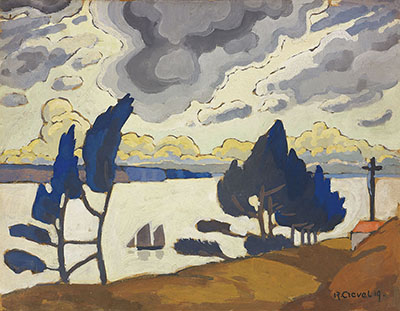 Gouache
GouacheLa Côte de la Vierge et le calvaire des marins - 1919
-
 Gouache
GouacheLa Valleuse, Senneville - 1919
-
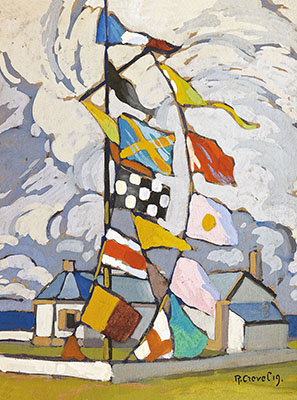 Gouache
GouacheLe Grand Pavois - 1919
-
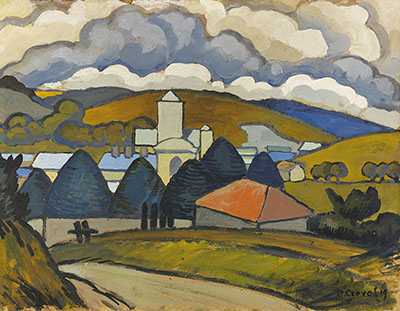 Gouache
GouacheVue de Fécamp - 1919
-
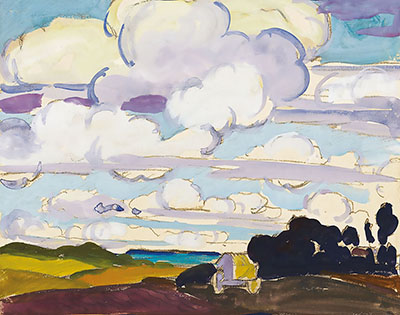 Watercolour
WatercolourLandscape - 1919
-
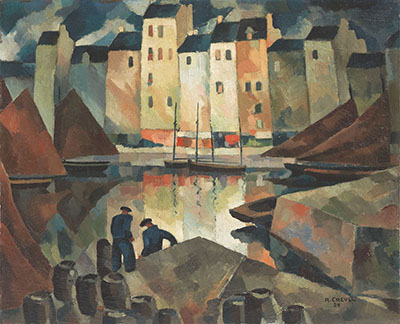 Oil
OilMaisons sur le port, composition - 1924
-
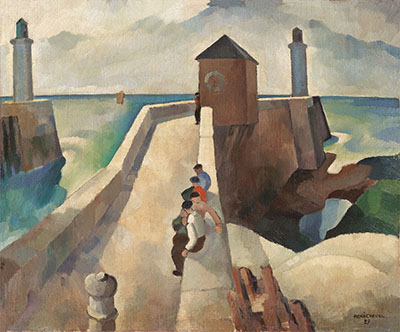 Oil
OilFécamp, marins assis sur la jetée nord - 1927
-
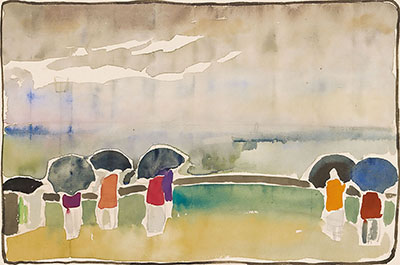 Watercolour
WatercolourSous la pluie - 1927
-
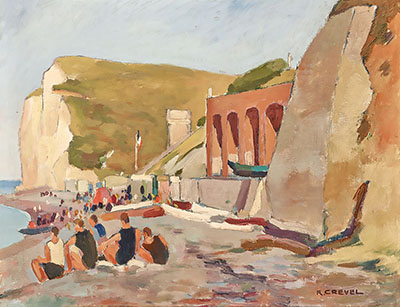 Oil
OilLes Petites-Dalles - 1930
-
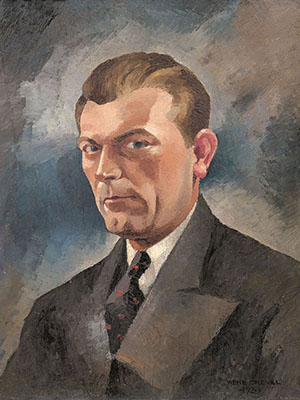 Oil
OilSelf-portrait - 1931
-
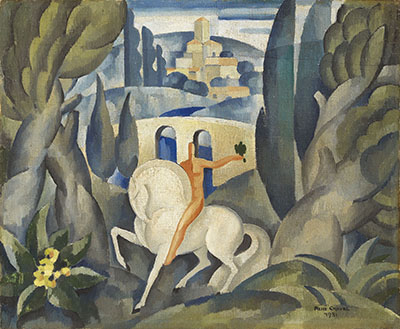 Oil
OilLe Cavalier à l’oiseau - 1931
-
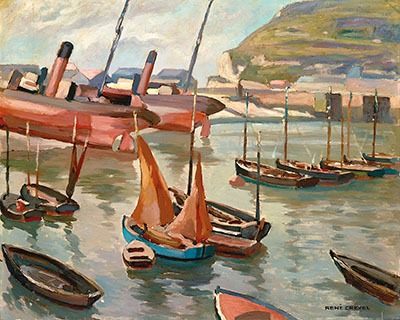 Oil
OilChalutiers au sec, Fécamp - 1931
-
 Oil
OilChâteau et cavalier - 1931
-
 Oil
OilL’Écluse et le Grand Quai, Fécamp - 1932
-
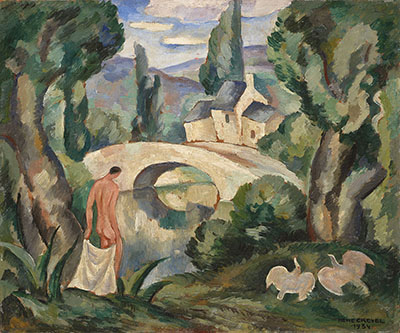 Oil
OilPaysage avec baigneur - 1934
-
 Oil
OilTrois femmes dans un jardin - 1934
-
 Oil
OilVue du port, Fécamp - 1935
-
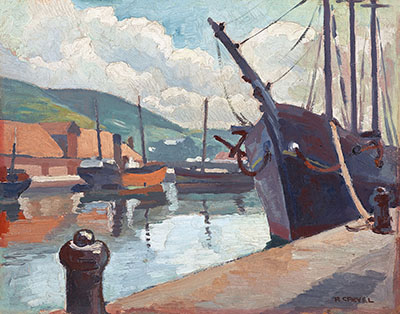 Oil
OilBateau à quai, Fécamp - 1935
-
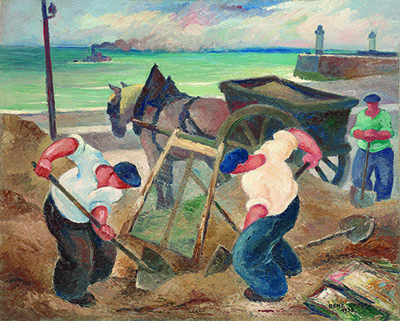 Oil
OilLes Cribleurs, Fécamp - 1935
-
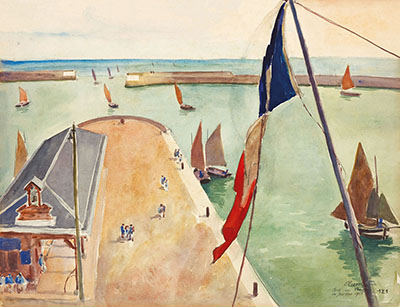 Watercolour
WatercolourPort-en-Bessin - 1935
-
 Watercolour
WatercolourRamasseurs de galets, Fécamp - 1935
-
 Watercolour
WatercolourPlomieux au sec, Fécamp - 1935
-
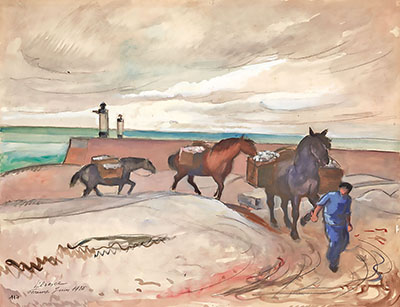 Watercolour
WatercolourRamasseur de galets, Fécamp - 1935
-
 Watercolour
WatercolourFécamp - 1936
-
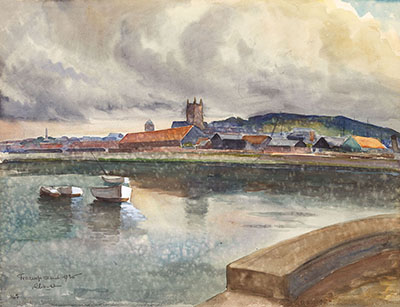 Watercolour
WatercolourFécamp sous la pluie - 1936
-
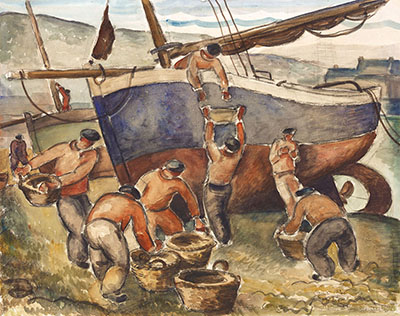 Watercolour
WatercolourMarins, Fécamp - 1936
-
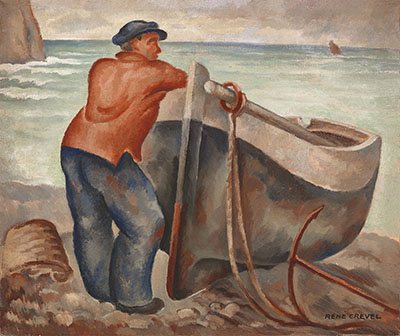 Oil
OilMarin à Yport, composition - 1937
-
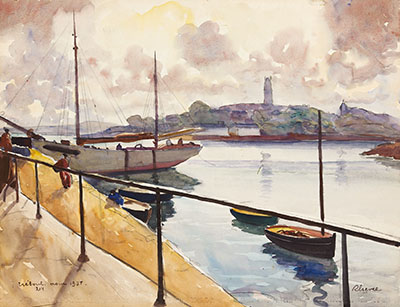 Watercolour
WatercolourTréboul - 1938
-
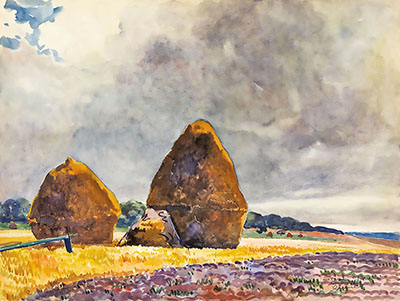 Watercolour
WatercolourLes Meules à Bistel - 1942